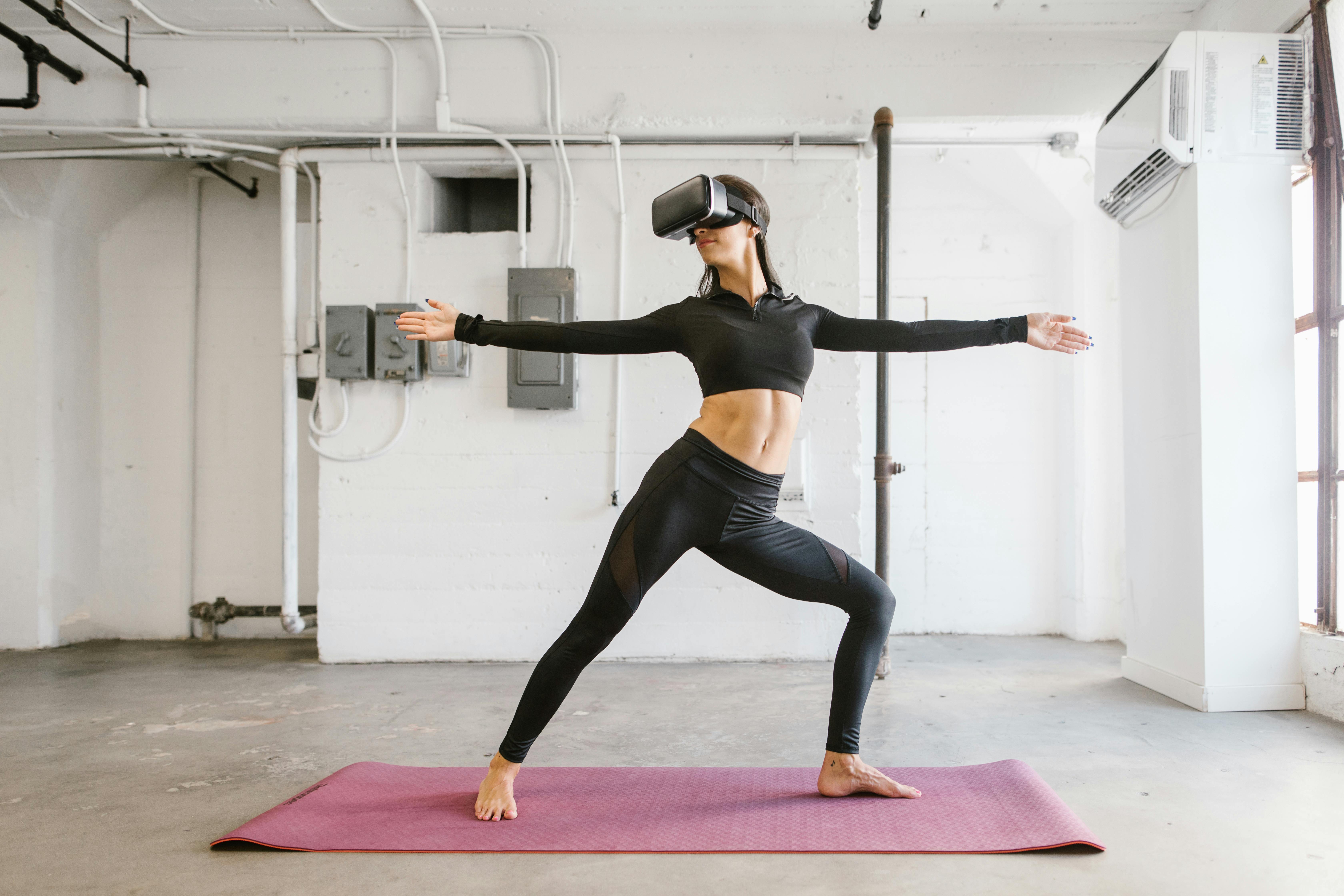
Revolutionize Your Home Exercise With Virtual Reality Fitness Experiences
Virtual reality fitness turns exercise into a fully engaging experience. By putting on a headset, you enter a digital world that invites you to move, stretch, and sweat in ways that feel exciting and new. Each workout becomes an adventure, breaking the monotony that often comes with traditional routines. Interactive challenges, striking visuals, and stimulating environments help keep your motivation high and encourage you to push yourself further. With *Meta Quest* or other VR platforms, you can box, dance, or cycle without ever feeling like you are stuck in the same old routine. This approach helps make fitness something you look forward to each day.
Getting started is simple. You will learn how VR equipment functions. You will see actual benefits supported by recent data. Then you will set up a safe space for exercising at home. You will explore top apps and equipment. Finally, you will pick up smart tips to stay motivated and prevent injuries.
Understanding Virtual Reality Fitness
- Headset: a display device that detects head and hand movements.
- Controllers: handheld tools used to grab, punch, or swing.
- Tracking sensors: cameras or base stations that follow your motions.
- Workout app: software that guides routines and records metrics.
These components work together to provide feedback in real time. You avoid obstacles, hit targets, or dance to lively music. Sensors monitor every twist and turn. You see your stats on the screen—calories burned, heart rate, and workout time.
This immediate feedback keeps you interested. It makes the experience feel more like play than punishment. You focus on beating your high score instead of counting repetitions.
Top Benefits of Exercising in VR
- Higher engagement: VR workouts receive up to 30% more enjoyment ratings than treadmill sessions.
- Engages the entire body: You involve arms, legs, and torso for a well-rounded workout.
- Variety: You can switch from boxing to cycling to dancing within minutes.
- Data-tracked progress: Apps record every session, helping you see clear milestones.
- Low-impact routines: You can select exercises that reduce stress on your joints.
Enjoyment plays a key role in motivation. When you look forward to exercising, you stay consistent. The gamified structure of VR turns each workout into a challenge you want to conquer. This often results in more frequent training sessions.
Mixing different types of movements also benefits you. One day, you might speed-box; the next, you’ll row across a virtual lake. This variety helps prevent overuse injuries and keeps your muscles guessing.
How to Set Up Your VR Workout Area at Home
Select a space with enough room to move freely. You need at least 6 feet by 6 feet of clear floor space. Remove furniture, rugs, or objects that might cause tripping. Mark your boundaries with tape or mats to stay safe.
- Lighting: Make sure the area has even, moderate lighting. Avoid glare on your headset sensors.
- Flooring: Use a mat to cushion your steps and provide grip.
- Ventilation: Keep windows or fans running to manage heat and humidity.
- Storage: Place a small shelf nearby to hold your headset and controllers.
Charge your headset overnight or connect it before use. Sync your controllers and launch the app beforehand. Adjust the headset strap so it fits snugly without causing pressure points. Test the tracking by moving in different directions.
If others share the space, hang a “VR in Progress” sign to prevent surprises. Always clear pets and children from your workout area.
Top VR Fitness Apps and Equipment Choices
- *Oculus Quest 2*: a standalone headset costing $299. No PC required; offers a broad app library.
- *Meta Quest Pro*: high-resolution screens, $499. Best for advanced tracking and comfort.
- *Beat Saber*: a rhythm game priced at $30. Slice blocks to the beat for cardio fitness.
- *Supernatural*: guided workouts costing $19 per month. Features real coaches, scenic environments, and daily routines.
- *FitXR*: boxing, dancing, and HIIT routines at $10/month. Includes multiplayer mode to exercise with friends.
When comparing gear, focus on display clarity, tracking precision, and comfort. Using a lightweight head strap or extra padding makes long sessions more comfortable. Check if the headset requires external sensors or works independently.
Subscription fees contribute to the overall price. Try free trials before making a purchase. Doing so helps you find moves that suit your style and coaches that motivate you most.
How to Keep Motivated and Safe During VR Workouts
- Set small goals: Start with short daily sessions and gradually increase your time.
- Track your progress: Review weekly stats to identify patterns and plateaus.
- Use cooldown periods: Finish each session with gentle stretches in VR or on the floor.
- Maintain good posture: Keep your spine neutral to prevent neck or back strain.
- Stay hydrated: Keep water nearby and sip between rounds.
Virtual reality can push you beyond your usual limits. Pause when your body signals fatigue. Use in-app reminders or your smartwatch to schedule rest days. Missing a day won't undo your progress, but overexertion can cause soreness.
Create a playlist with your favorite VR workouts. Change it weekly to avoid boredom. For example, box on Mondays, pedal through virtual valleys on Wednesdays, and dance on Fridays.
Invite a friend to join multiplayer sessions. Friendly competition encourages extra effort. Sharing your scores or goals on social media adds accountability.
VR fitness transforms home workouts into engaging experiences. With specific goals and proper equipment, anyone can achieve effective results in a small space. You will soon see the benefits over traditional gym routines.